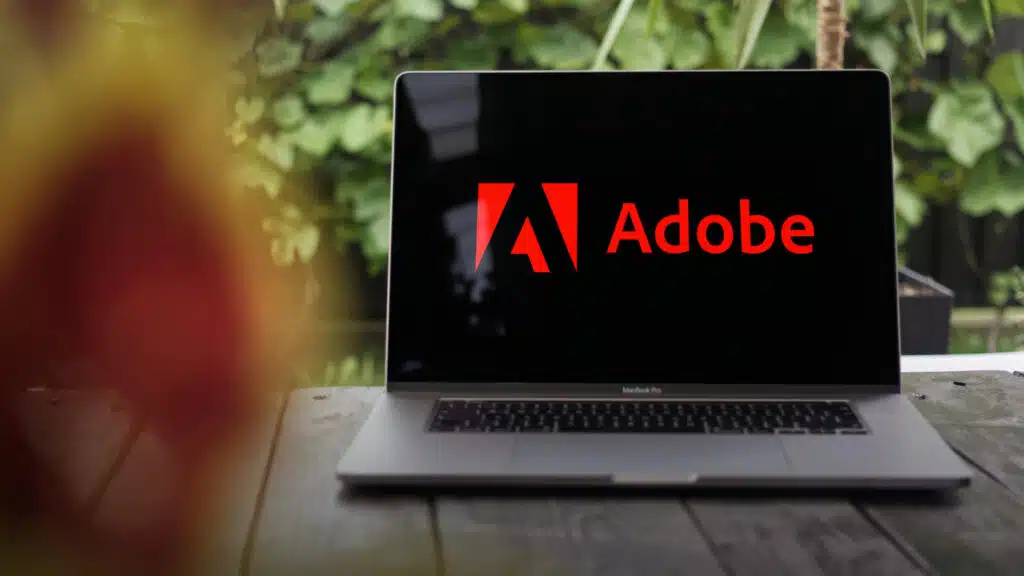Mobile World Congress Barcelona showcased the incredible connectivity powering our world, but it also raised a critical question: Are telcos prepared for the AI revolution?
Host Diana Blass explores the network demands of this transformation, and how observability solutions like Cisco ThousandEyes are becoming essential for telcos to proactively monitor, analyze, and optimize network performance, ensuring the quality of service required by next-generation AI applications.
Cisco leaders Jeetu Patel (EVP & CPO), Kevin Wollenweber (SVP & GM of Data Center & Provider Connectivity), Joe Vaccaro (VP & GM, Cisco ThousandEyes), and Matt MacPherson (CTO Wireless Cisco), along with Fira de Barcelona’s Antonio Montis (Telco Venue Manager) highlight the critical need for robust and intelligently managed infrastructure to support the next wave of AI-driven services.
Key takeaways include:
🔹The AI-Driven Network Challenge: AI’s expansion will create significant pressure on network infrastructure, demanding higher levels of performance and reliability.
🔹Beyond Connectivity – The Experience Economy: Telcos must shift their focus from basic connectivity to delivering superior application experiences to meet the needs of AI.
🔹Essential Tools for the AI Era: Proactive monitoring and optimization solutions are vital for telcos to guarantee the quality of service required by AI applications.
🔹Building the AI Backbone: Robust and intelligently managed network infrastructure is crucial for telcos to effectively support and capitalize on the growth of AI-driven services.
Learn more at Cisco and Cisco ThousandEyes.
Watch the full video at Six Five Media, and be sure to subscribe to our YouTube channel, so you never miss an episode.
Or listen to the audio here:
Disclaimer: Six Five Connected is for information and entertainment purposes only. Over the course of this webcast, we may talk about companies that are publicly traded, and we may even reference that fact and their equity share price, but please do not take anything that we say as a recommendation about what you should do with your investment dollars. We are not investment advisors, and we ask that you do not treat us as such.
Transcript:
Diana Blass: Mobile World Congress, the world’s largest connectivity conference, brought over 100,000 people to Barcelona. Inside, the Fiera Gran Via booths showcased action packed demos, everything from robots to live video streaming. And the most surprising thing of all, the network didn’t drop once.
Matt MacPherson: You just can’t run a show like this without one, connecting it and two, doing it intelligently and being able to prioritize those traffic flows.
Diana Blass: The technology powered by Cisco is everywhere from Wi-Fi access points in the ceiling.
Matt MacPherson: See, there’s an AP and you see those two gray antennas? Yeah, they’re the ones that are shining the RF straight down.
Diana Blass: To fiber and switches running underground.
MWC Guest: And that’s where cabling goes.
Diana Blass: All of it managed from here. Fira Gran Via’s network operations center, hidden far beyond the bright lights of the show floor. Inside, a team of IT experts keep constant watch, monitoring every device and application.
Antonio Montis: In case of any problem with Internet pipes, all the traffic is redirected to the other pipe in case of any problem with the power. We have double chassis, double power, double link.
Diana Blass: You can view Mobile World Congress as a test site for what will soon go mainstream. Now imagine what happens when AI moves into its next phase.
Jeetu Patel: There will be agentic workflows. There will be agents that are going to be able to be fully autonomous conducting tasks. There’ll be not one agent, but multiple agents.
Diana Blass: It’s a whole new world and networks will need to mirror the kind built inside Fira Gran Via. And that puts telecoms in the hot seat. They own the highways of the Internet with the power to place AI closer to the edge. But the real question, are they ready?
Kevin Wollenweber: The market in that AI infrastructure space is moving so quickly that most of them are hesitant to make large investments. You know, buy large numbers of GPUs, push them out towards the edge and wait for these services to come.
Diana Blass: Hesitation is understandable. For years, telcos have struggled with mounting challenges, from fierce competition with hyperscalers and cloud providers to the high cost of maintaining legacy networks while rolling out 5G. To stay profitable, they need new revenue streams. And experts say AI could be the answer.
Kevin Wollenweber: And so the timing of some of the move of AI into consumers and enterprises I think could be that killer application for service providers to really finally see the value out of the 5G networks they built.
Diana Blass: So how can telcos stand out in this AI world? Well, it goes far beyond connectivity.
Joe Vaccaro: Service providers can no longer differentiate just upon the speed that they’re offering to their consumers. They have to differentiate based upon the experience.
Diana Blass: Network traffic has already surged thanks to streaming and collaboration tools. And as we’ve seen during major entertainment events, the network doesn’t always hold up. Now imagine what happens when everyone has a humanoid AI assistant. This feature demands deep visibility into the network because when disruptions happen, pinpointing the cause isn’t always easy.
Joe Vaccaro: The service providers don’t own the end applications that they’re accessing. So how do you assure it? How do you deliver on that promise of a great outcome? Well, that’s what Thousand Eyes comes in. You know, what Thousand Eyes has always been known for is providing the visibility that matters to our customers so that they can see, understand and improve every connected experience. For service providers, what that means is now we are able to deploy vantage points into the home that allow them to be able to measure that experience to those critical applications, ultimately allowing them to differentiate based upon the overall customer experience and not just the speed.
Diana Blass: For service providers, this is a defining moment.
Jeetu Patel: If I were to say, what are the big challenges for the companies that are going to be good? They don’t have quite the right infrastructure in place.
Diana Blass: From simplifying the infrastructure to make it plug and play.
Jeetu Patel: Number two is safety and security is a huge issue.
Diana Blass: To adding a layer of security. Service providers have the opportunity to build a network that becomes the backbone of the AI era.
Kevin Wollenweber: And so as we move from training to inference and actually using AI, the ability to take networks, connect all of the data and the customers together, and connect them securely is squarely in Cisco’s wheelhouse.
Diana Blass: So clearly, as we learned today, there are a lot of challenges facing the telecom market, but a lot of solutions on the way too. So stay tuned and you’ll stay connected. Till next time, I’m Diana Blass.
Author Information
Diana Blass is a journalist with a background in technology news and analysis. Her work has appeared on Fox Television Stations, The Discovery Channel, CRN, Light Reading, and other Informa-owned media brands. In addition to her work at The Six Five, she manages Diana Blass Productions, where she develops and produces digital documentaries, podcasts, and commercials for media and corporate brands.












